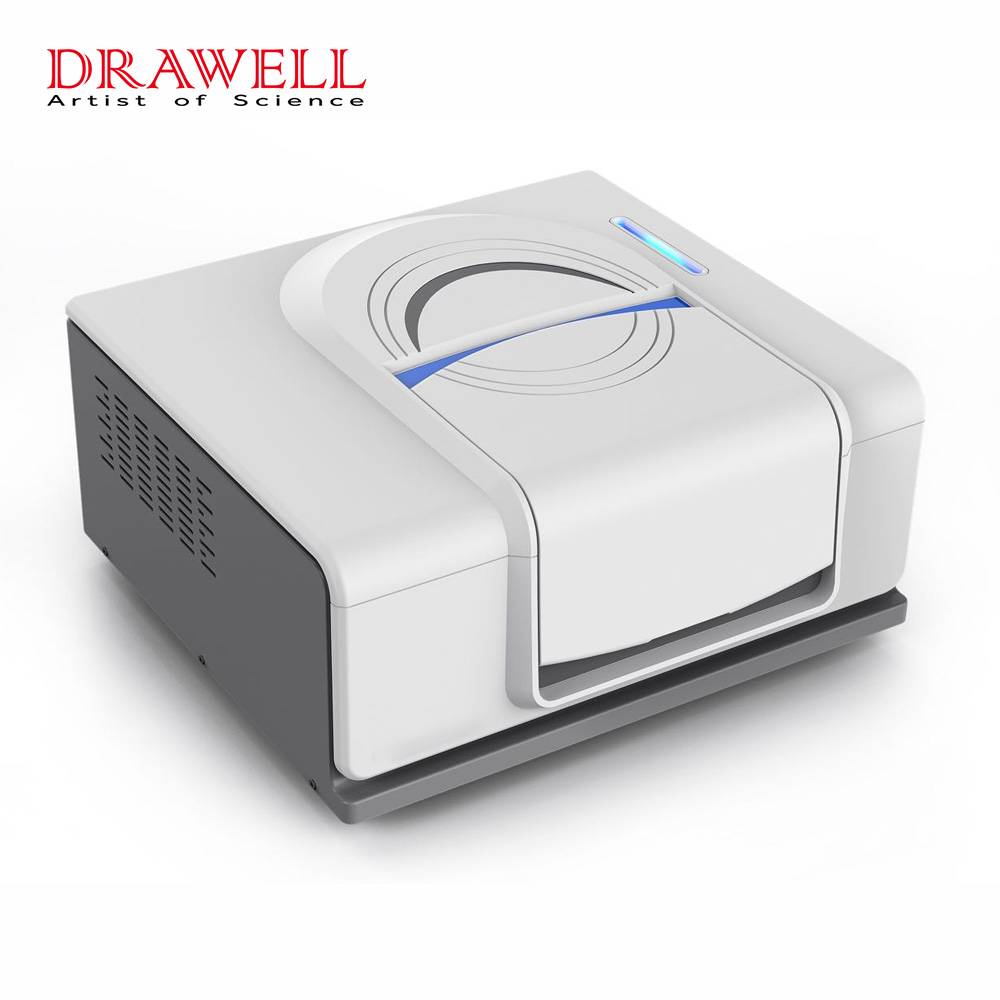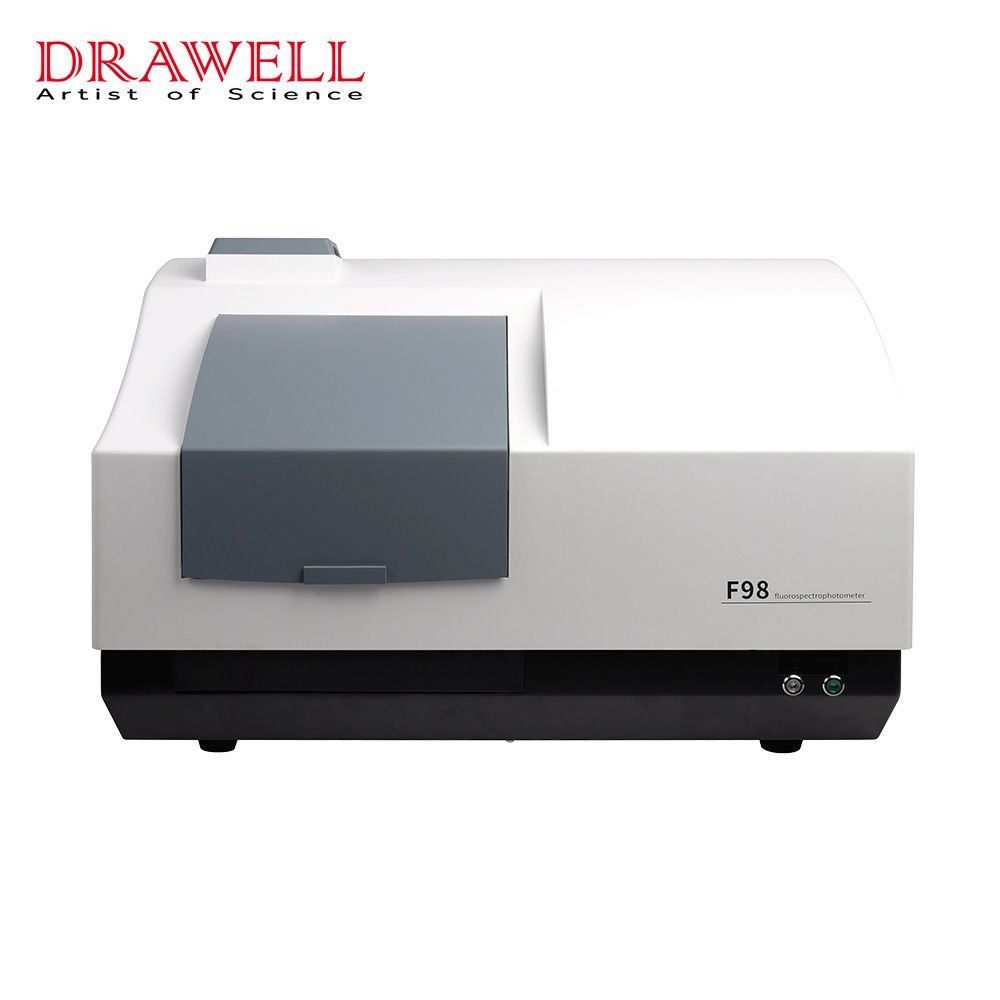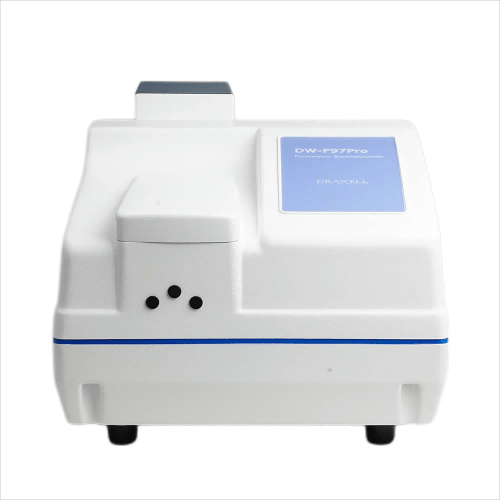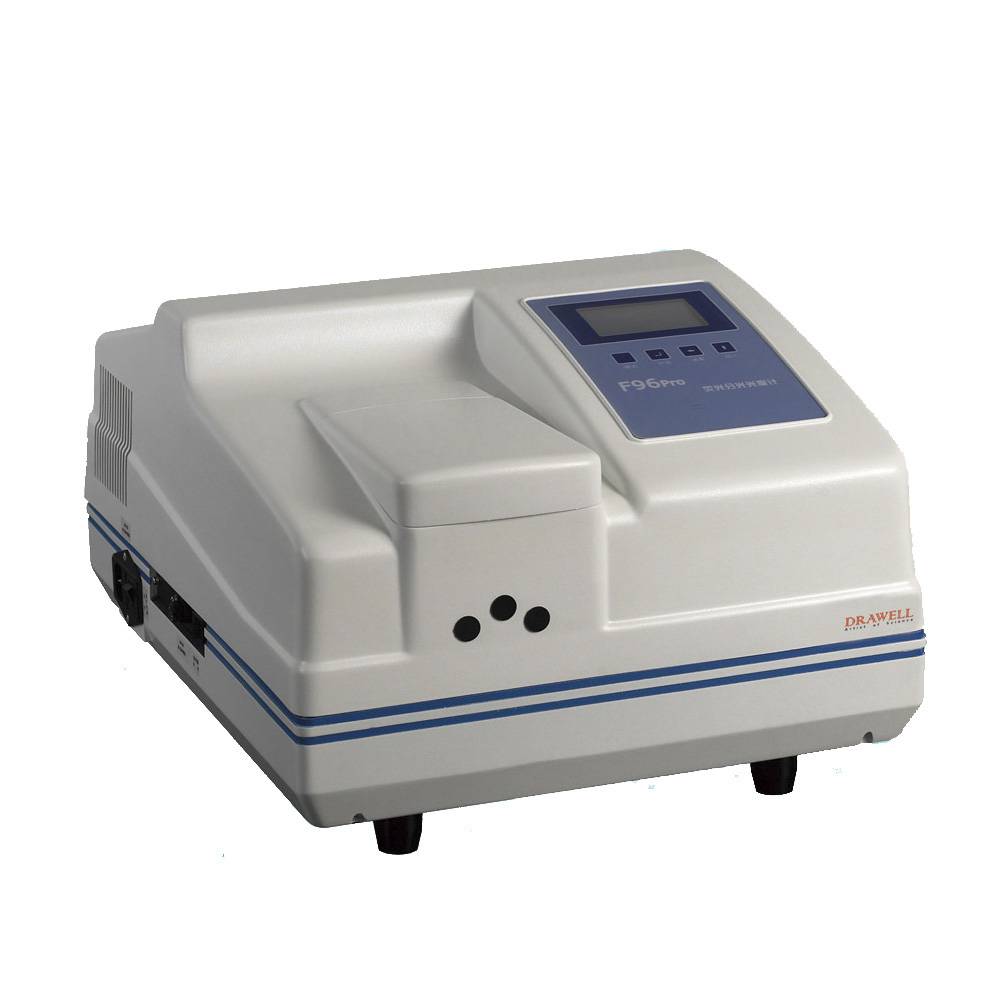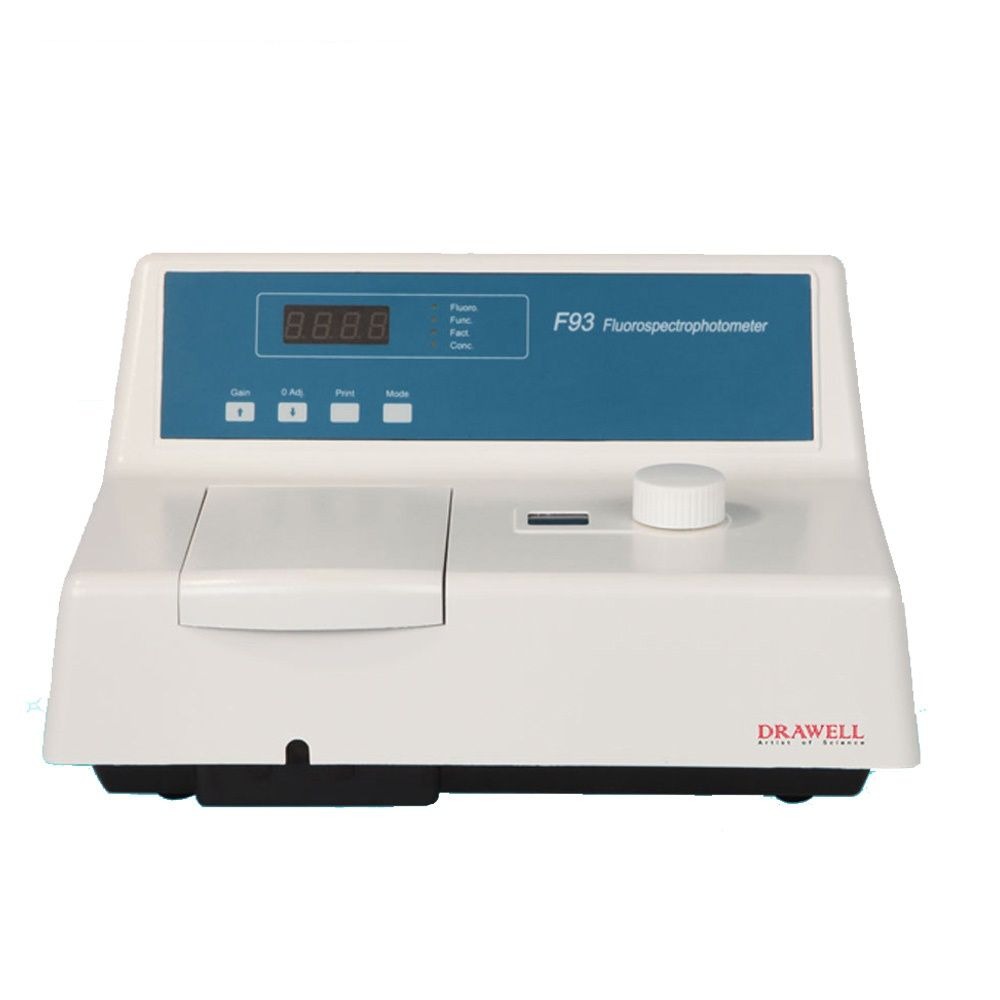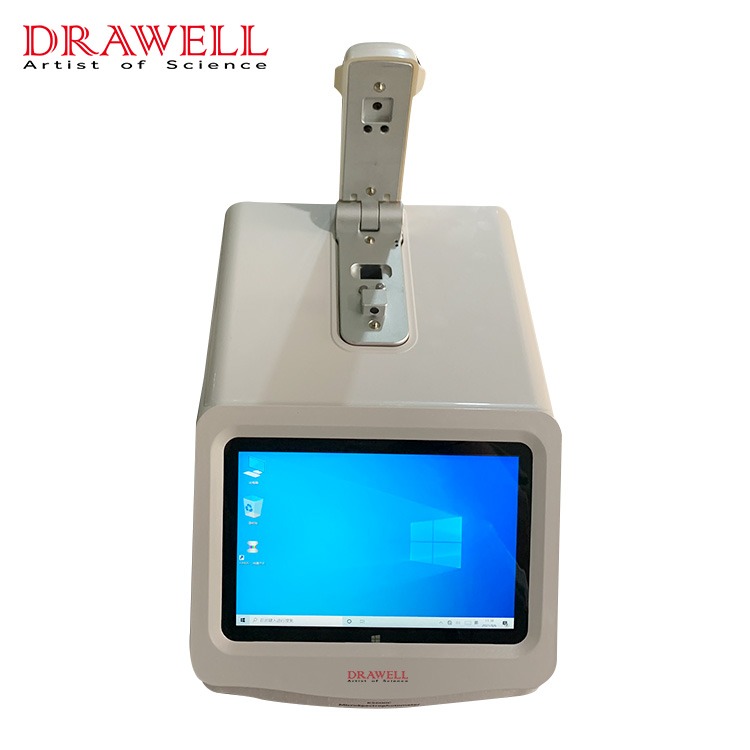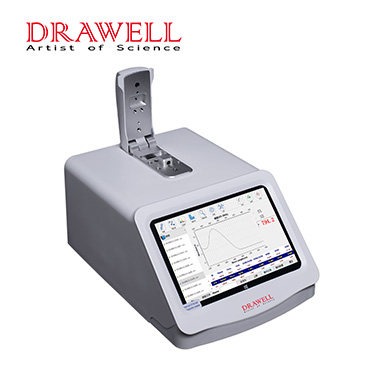Nanospectrophotometers have emerged as invaluable tools in the field of nanotechnology and life sciences. These sophisticated instruments allow researchers to analyze and quantify minute quantities of materials with exceptional precision. They are extensively utilized in various applications, including nucleic acid and protein analysis, drug discovery, and nanomaterial characterization. To ensure the longevity and consistent performance of these advanced devices, proper maintenance is essential. In this article, we will explore the maintenance requirements for a nano spectrophotometer, emphasizing the significance of regular upkeep and best practices to optimize its functionality.
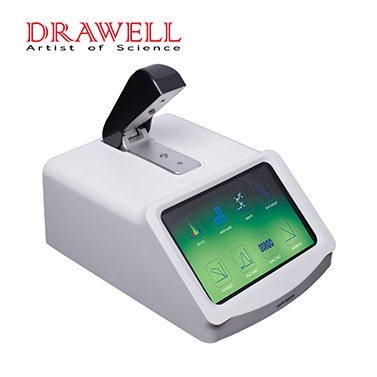
1. Cleaning and Calibration of a Nanospectrophotometer
One of the fundamental maintenance aspects for a nanospectrophotometer is regular cleaning and calibration. Cleaning the instrument components, such as the sample holder, optical surfaces, and cuvettes, is essential to prevent any potential cross-contamination and to maintain accuracy. Contaminants, dust particles, and fingerprints on the optical surfaces can lead to inaccurate readings and affect the reproducibility of results.
Calibration is crucial to ensure the accuracy of measurements. The spectrophotometer should be regularly calibrated with appropriate reference materials, such as quartz standards for wavelength accuracy and neutral density filters for absorbance accuracy. Manufacturers often provide calibration guidelines, and it is essential to follow them diligently.
2. Light Source and Detectors of a Nanospectrophotometer
The light source and detectors are integral components of a nano spectrophotometer. Regularly inspecting and, if necessary, replacing these components is vital for optimal performance. Light sources, such as xenon lamps or lasers, can degrade over time, leading to reduced light intensity and unreliable measurements. Detectors may also become less sensitive, affecting the instrument’s sensitivity and detection limits. Replacing these components following the manufacturer’s recommendations can help maintain the instrument’s reliability and accuracy.
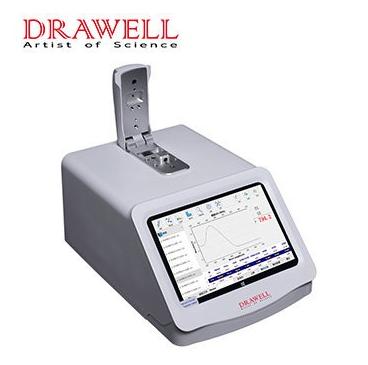
3. Software Updates and Data Backup of a Nanospectrophotometer
Most nanospectrophotometers come equipped with specialized software that controls instrument functions and data analysis. Regularly updating this software is essential to benefit from bug fixes, performance enhancements, and additional features. Manufacturers often release software updates, and users should ensure they are using the latest version compatible with their instrument.
Data backup is a critical aspect of instrument maintenance. Researchers often generate valuable data that could be irretrievably lost due to hardware failures or software issues. Creating backups on a secure and reliable storage system will safeguard crucial data and prevent potential setbacks.
4. Preventive Maintenance Schedule of a Nanospectrophotometer
Adhering to a well-planned preventive maintenance schedule is a proactive approach to ensure the smooth operation of the nanospectrophotometer. Manufacturers usually provide guidelines for the frequency of maintenance tasks, such as cleaning, calibration, and component inspections. Implementing a preventive maintenance plan not only minimizes downtime but also extends the instrument’s lifespan.
5. Environmental Considerations of a Nanospectrophotometer
Environmental conditions can impact the performance and longevity of a nanospectrophotometer. The instrument should be operated in a clean and controlled environment to minimize the risk of contamination. Dust, moisture, and temperature fluctuations can affect the optical components and lead to inconsistent results.
Additionally, it is essential to keep the instrument away from direct sunlight or other sources of intense light, as this could interfere with measurements and cause inaccuracies. Controlling the laboratory’s environmental parameters, such as temperature and humidity, can further enhance the instrument’s stability and precision.
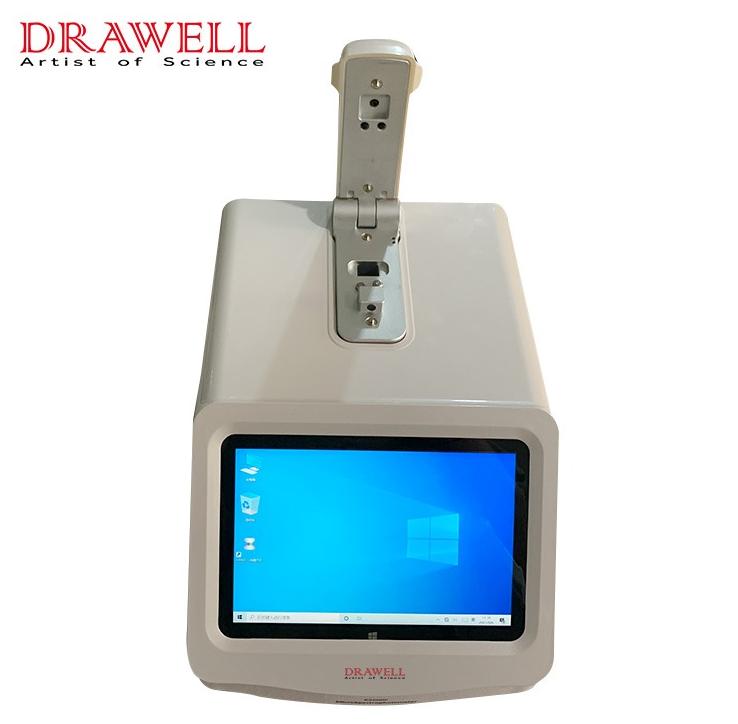
6. Regular Performance Verification of a Nanospectrophotometer
Periodically verifying the nanospectrophotometer’s performance is crucial for maintaining data integrity and accuracy. Performance verification involves using certified reference materials or known samples to check the instrument’s linearity, accuracy, and precision. If any discrepancies are detected during verification, appropriate corrective actions should be taken promptly.
7. Proper Sample Handling of a Nanospectrophotometer
Effective maintenance of a nanospectrophotometer also involves ensuring that users handle samples correctly. Avoiding the introduction of contaminants and using clean and suitable cuvettes or sample holders are essential to obtaining reliable data. Moreover, cleaning the sample holder after each use prevents sample residue buildup, which could impact subsequent measurements.
8. Regular Servicing and Support of a Nanospectrophotometer
Even with meticulous in-house maintenance, there may still be a need for professional servicing and technical support. Manufacturers often offer maintenance contracts or service agreements that provide routine inspections and repairs by qualified technicians. Engaging with the manufacturer’s support services can help address complex issues and ensure the instrument receives expert attention when necessary.
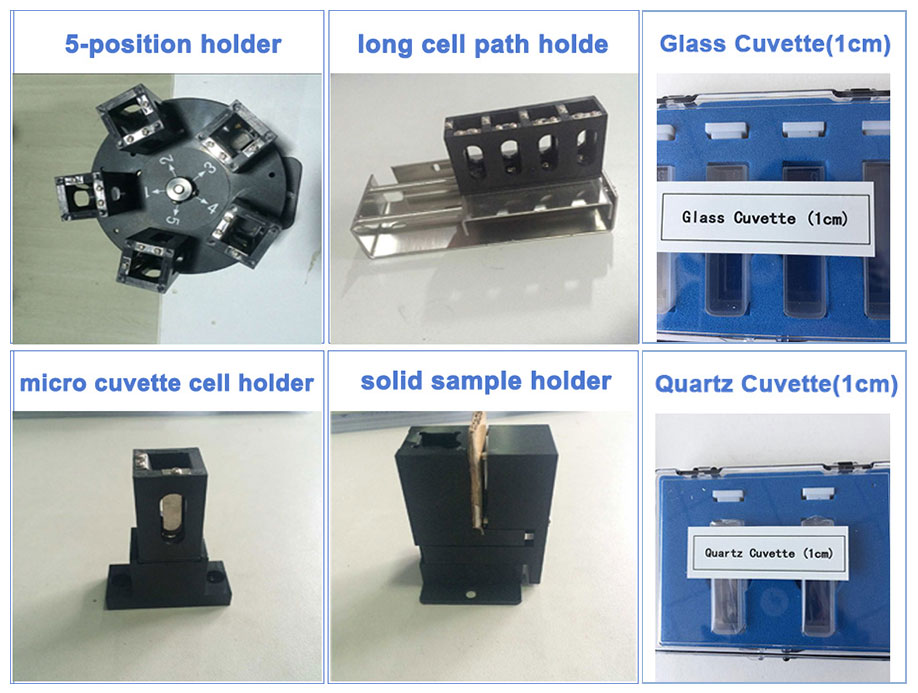
Conclusion
In conclusion, a nanospectrophotometer is a sophisticated and valuable instrument used in nanotechnology and life sciences research. To maintain its optimal performance and accuracy, regular maintenance is crucial. Cleaning and calibration, inspecting and replacing critical components, staying updated with software, adhering to preventive maintenance schedules, controlling the environment, and proper sample handling are all essential aspects of keeping the nano spectrophotometer in top condition. By following these maintenance requirements diligently and seeking professional support when needed, researchers can rely on the instrument to provide precise and reliable data, advancing their scientific endeavors and contributing to the progress of nanotechnology and life sciences.


